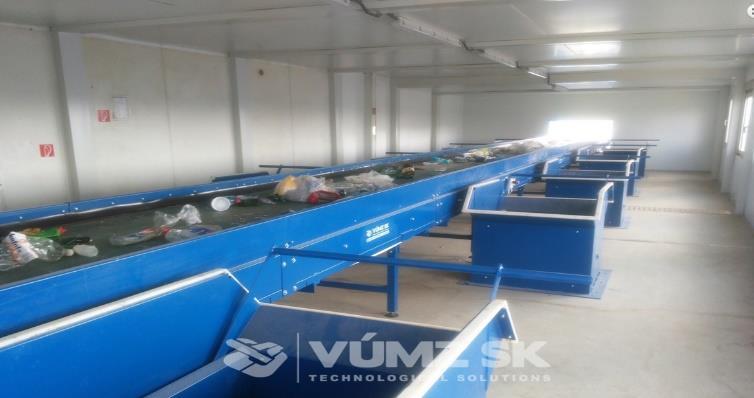
12 minute read
Parameters Analysis, Zdenek Donoval, Robert Prochazka, Maros Korenko, Pavol Findura, Ivan Rigo
from Agricultural, Forest and Transport Machinery and Technologies (ISSN: 2367– 5888) vol VI, 2019
by kangalov
Technological Possibilities of the Waste Recycling the Chosen Sorting Parameters Analysis
Zdenek Donoval, Robert Prochazka, Maros Korenko, Pavol Findura, Ivan Rigo
Advertisement
Abstract: One of the phenomenons of the present days is the waste and its all relevant forms. This is not only because of its rising production but also of its still not employing possibilities. Waste could be called as “an unnecessary”, but not “unusable”, additional product of human activity. From the standard human point of view, the most significant type of waste is municipal waste. Municipal waste (MW) is an “exit product” of all of us regardless of our social status, wealth, or education. We create it in ordinary activities, at home, at work, or at school, and it is one of the few types of waste whose work we can limit by pour own responsible approach. Main aim of this paperwork was to write about existing problems with MW, open possibilities of its reduction and primarily show and present the measurement of purity, vibration and the noise as the main parameters of the modern technological form of automatic sorting process. The type of waste that was measured, was iron waste compounded in plastic waste, the detailed analyse of which is described in the paper work itself. Keywords: NIR/VIS technology, optical sorting process, recycling.
INTRODUCTION
In average in total 9.5 million tons of the waste is yearly generated in Slovakia. The biggest part of this, forms municipal waste (MW). In the year 2016, the production of MW in Slovakia was almost 1, 9 Millions of tons (348tons / citizen), the EU average MW productions / year stands for 246 Mio tons (482 tons / citizen). Also interesting parameter is the amount of the recycled MW. In spite, the recycling rate is positive, Slovakia and its neighbours still keep behind the developed leaders in the environmental market. The situation in central European market in comparison to EU average is stated bellow in table 1 . Table 1 Situation with MW in central EU countries vs EU average / y.2016
EU country MW production total MW production Per capita MW recycled
Mio tons tons %
SK CZ HU POL ROM EU
1,89 3,56 3,70 11,67 4,12 244,86 348 339 378 307 208 482 23,0% 33,6% 34,7% 44,0% 13,3% 45,8%
As visible from the table, compared to the EU countries, Slovakia and Czech republic belong to the countries with the lowest annual municipal waste production per capita. The average Slovak produces an average of 348 kg of municipal waste per year but segregates only 23 kg of waste (plastic, glass, paper and metal) compared to EU countries it is very low (the EU average is 111 kg).
The largest part of the waste as a whole, forms the industrial waste. About the third is generated in industrial production (ca 3 million tons per year), civil construction (1.7 million tons per year), electricity and gas supply (937-thousand tons) and supply and water purification (747-thousand tons). The long-term negative trend of the waste management in Slovakia is its disposal in landfills. The amount of waste dumped to landfills has increased from 2010 up to present at 6,2 millions of tons , that means more than 60% (65%) of all the waste produced in Slovakia is placed to landfills and up to 190 thousand tons of waste was disposed to incineration plants for combustion – with energy production or without.
Precautions of the municipal waste disposal in Landfills
There is couple of forms today to reduce the amount of MW in landfills, which include the simplest forms from decreasing the human consumption through the waste sorting, adjusting country legislative framework, up to highly sophisticated modern automatic sorting lines.
Slovakia, as an EU Member State, is strongly motivated by EU requirements to increase amount waste recycling and therefore must subsequently take measures to promote this activity and ensure efficient sorting of municipal waste by its pre-separation and collection at the centres as one of the easiest and cheapest forms of the initial phase of its disposal.
It would be helpful to efficiently separate into the specified species, with the highest possible purity and quality, so it can subsequently be used as a potential feedstock for the industry (secondary raw material, fuel, etc.) in the most efficient way. Today exist 2 main forms of separating (sorting) centres according to the volume and content of waste processed manual or automatic.
Manual Sorting
The manual sorting centres are composed by workers (pickers) and the minimum amount of technological equipment needed (mostly simple conveyors, storage cubicles or presorting grids (the oversized or undersized fractions separation). Centres are designed to separate visually identifiable waste - by color (PET bottles, oversized plastics, visible fractions such as rubber, glass, etc.) from other parts of the waste. However, they have limited sorting parameters related to the "visibility" factor as well as the quantity of the sorted waste. In general, and according to available data from existing plants of such centres, the worker is able to dispose approximately 30-40kg of distinguishable waste, which in today's waste production and its need to sort out is a poor solution.
Fig. 1 Manual sorting line (photo : www.vumz.sk)
Automatic sorting
Higher quantity (mas flow) sorting based on infra spectrum visibility to identify colour and chemical composition of the waste is currently possible only with an automatic sorting system. Optical sorting systems work on NIR principle of detection (near infrared reflection), that emits and adsorbs the reflected beam for its analyse and consequent shot-sorting by integrated pneumatics system.
To get the most efficient sorting results and pure process outcomes, full automatic sorting lines are build . The composition of such a sorting line is normally assembled with technological equipment such as: unpacking device (if the raw material comes in pressed packages), transport systems (conveyors, hopper-dump parts - transport and shipment of waste stream / flow), sieves (separation of over-limiting or subliminal parts of waste for further processing), vibration systems (uniform distribution of waste before automatic sorting),
automatic sorting devices (so-called NIR / VIS systems), collection boxes with removals, pressing equipment (hydraulic vertical presses, pressing containers).

Fig. 2 Illustration of an fully automatic sorting line (source www.vumz.sk)
Automatic sorting process can be set up to the waste processing rate starting from mass flow 1 ton up to 14-15 tons/hr. These enormous figures can be increased depending on requirements of the plant. The line / separation/ speed is several times higher than manual sorting and sufficient to complete waste treatment in efficiency up to 95%.
MATERIALS AND METHODS
In the paper work we decided to look at the main parameters of the automatic sorter, that was disponible for the test in near plant, where it is produced. For the tests, the Finder type optical sorting machine was chosen, that sorts metal and non metal parts (Al, Cu) mostly. The unit was the metal waste sorting machine, 1200mm table width, belt speed up to 3.6 m / sec, EM magnetic sensors installed beneath the belt. The main parameters of the sorting were determined the mass flow rate, purity, vibrations and the noise. The type of waste analysed was the iron waste contaminated in the tested plastic waste - PET + drugstore (PP / PE) material.
For to get as authentic results as possible, we set 3 repeated measurements in 5 speed steps at 40%, 55%, 70%, 85% and 100% of the nominal belt speed .
From the taken values from the testing, the arithmetic average value was taken to eliminate deviation of the measurement itself.
Chosen formula for value determination :

, (1)
where: a - is the measurement and n - is number of test rounds (readings) taken.
Specimen batch – content :
Different PET / drugstore / material : weight 2.1 kg
Metal material: weight 3.0 kg
The conditions for separating of the sorted material were not primal, since in the production sorting line (operating plant) the sorting machine is generally placed on the platform, so that all the separated waste and outcoming residues flow in its tunnels for next processing, so that no loss is received. During the testing, the sorter stood simply on the floor
and flows were recovered in the chambers with its dropping on the workshop floor, so that little penetration was also obvious. This little problem however did not influenced the main aim of the testing – to show and demonstrate dependence of main parameters on belt speed (the real process mass flow).
To eliminate the penetration we set the deviation value 20% against 100% material collection during standard operation. The value was
(2)
where: E = corrected sorting purity Etest = purity measured during testing
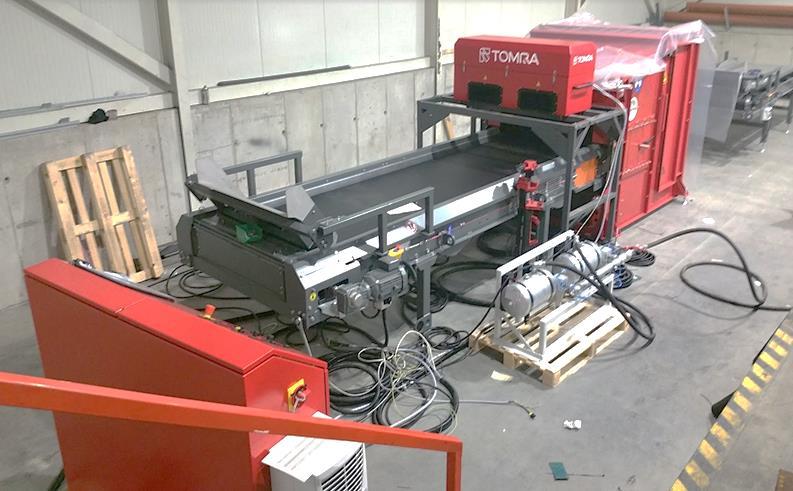
Fig. 3 Automatic sorting system Finder 1200 chosen for testing
RESULTS AND DISCUSSION
The measurements, as mentioned above, were fully aimed to show the real dependence of the main parameters of the sorting process - purity, noise and vibration levels, monitored on the various belt speed (process mass flow). Table 2 The main parameters of the sorting process
RPM OPRTICAL SORTING
rpm, (m/s)
Measurement No 1
40% 1,44 Correction Fe against total quantity Correction to other influences Separation efficiency / contamination
55% 1,98 Measurement No 2 Correction Fe against total quantity Correction to other influences
Measurement No 3
70% 2,52 Correction Fe against total quantity Correction to other influences
85% 3,06 Measurement No 4 Correction Fe against total quantity Correction to other influences
100% 3,60 Measurement No 5 Correction Fe against total quantity Correction to other influences
sorted stream
Fe PET 1,95 1,09 1,05 2,05 1,09 0,00 2,46 1,09 82% 52%
1,77 0,96 1,10 1,95 0,96 0,00 2,34 0,96 78% 46% 1,17 1,15 1,09 1,28 1,15 0,00 1,54 1,15 51% 55% 1,55 1,10 1,07 1,66 1,10 0,00 1,99 1,10 66% 53% 1,82 1,03 1,07 1,95 1,03 0,00 2,34 1,03 78% 49%
RPM
rpm, (m/s)
NOISE
LA LACq LAmax LCpeak
40% 1,44 67,20 88,20 98,10 111,60 dB

LA LACq LAmax LCpeak
55% 1,98 70,10 93,00 98,90 112,20 dB

LA LACq LAmax LCpeak
70% 2,52 66,00 92,00 99,70 111,80 dB

LA LACq LAmax LCpeak
85% 3,06 72,30 96,00 101,90 113,10 dB

LA LACq LAmax LCpeak
100% 3,60 71,50 96,00 102,80 113,50 dB

Fig. 4 Measured parameters taken against the belt speed
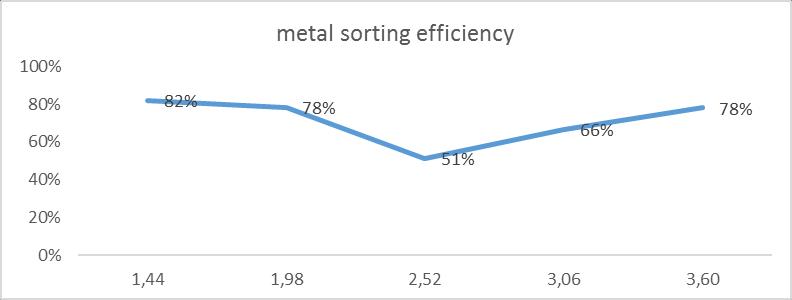
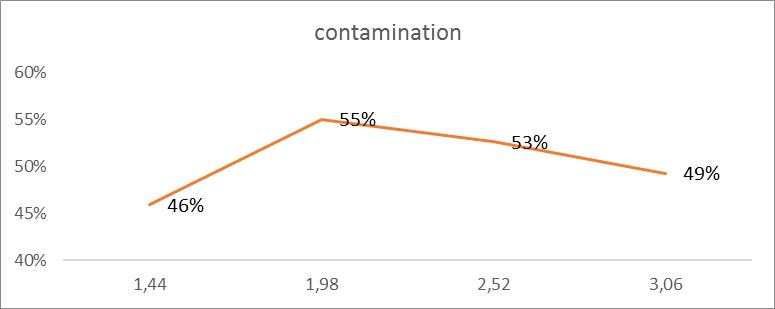
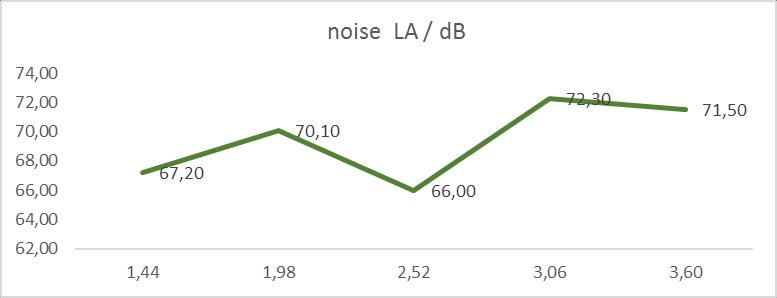
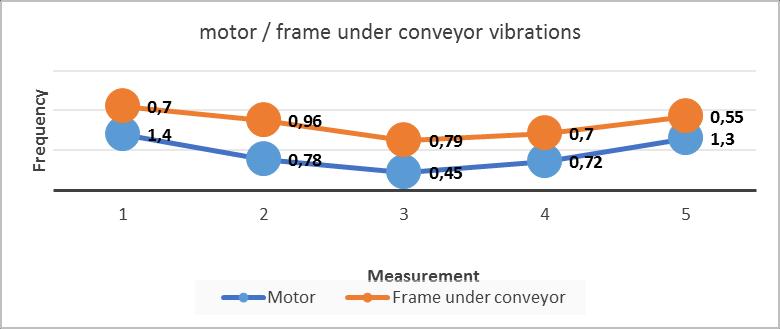
Fig. 5 Graphical illustration of the measured parameters against belt speed
CONCLUSION
The work describes problematics of the municipal waste disposal in Slovakia and neighbour countries, shows rising tendency and todays technological possibilities how to reach its eliminations against its placing into landfill. The most promising is the automatic
sorting system represented by optical, magnetic or laser sensor system. For the volume of waste processed in the best CAPEX /OPEX ratio against to the volume of technologically processed waste flow, automatic sorting appears today as the best solution. As an example was introduced the most promising system of classification using IR-based optical heads or EM integrated sensors, followed by detection and pneumatic blasting into process chambers for further processing.
The report presents the measurements taken on the Finder 1200 magnetic/optical sorting machine.
Received measurements showed the direct influence of the set drum revolutions / the belt speed / of the input conveyor. The best figures of the purity were achieved at the min and maximum speeds. However, during standard operation at 100% of the drum speed (rpm) is usually transported approximately 2 times higher material (waste mass flow).
The result clearly indicates, that best sorting results are set at a speed close to the maximum. This is happening in praxis and the technicians of the sorting machine set the units to the highest possible operating speed of the conveyor belt for obtaining best scanning and sorting results.
On the other site, the noise reached the highest value at 85% speed , a little eliminated at 100% speed. The vibrations peak was at the minimum and maximum speed. This is however set up in the operation by stabilization and compensating bars on the critical parts of the construction.
ACKNOWLEDGMENT
This paper was created with financial support of the grant project Vega no. 1/0718/17 " Study about the effect of technological parameters of the surface coating in agricultural and forestry techniques for qualitative parameters, safety and environmental acceptability."
REFERENCE
[1] Bujna, M., Prístavka, M., Polák, P., Žitňanský, J., Prístavková, M., (2017). Application of fault tree analysis at selected process. In: Bezpečnosť – Kvalita – Spoľahlivosť. Košice. 2017. pp. 37-42 ISBN: 978-80-553-3115-7. [2] Michaux J. (1980). Saving of Energy and Raw Materials by Recycling Plastic Waste
Extracted from Urban Garbage. In: Strub A.S., Ehringer H. (eds) New Ways to Save
Energy. Springer, Dordrecht; ISBN 978-94-009-8990-0; DOI https://doi.org/10.1007/978-94-009-8990-0_97 [3] Bonifazi G., Serranti S. (2012). Recycling Technologies. In: Meyers R.A. (eds)
Encyclopedia of Sustainability Science and Technology. Springer, New York, NY;
ISBN 978-1-4419-0851-3; DOI https://doi.org/10.1007/978-1-4419-0851-3 [4] Báreková, A., Sklenár Š. (2008). Moderné trendy v množstvovom zberekomunálneho odpadu. In Odpady, roč. 8, 2008, č. 5, s.11-14. [5] Fenik, Š., (2007). Separovaný zber v združeniach obcí. Odpady, roč. 7, 2007, č.5, s. 40-41. [6] Galovič, P., (2006). Program odpadového hospodárstva SR na roky 2006 – 2010. [7] Nikolov, M., Kangalov, P., (2012). Benefits from maintenance and repair in utilization of resources. Mendeltech international 2012. International scientific conference, Brno. 2012.
ISBN 978-80-7375-625-3 [8] Nikolov, M., Kangalov, P., (2018) Total Productive Maintenance as Quality Providing
Tool for Repaired Machines. // Proceedings – Agricultural Machinery, Year II, Vol. 1/3,
June 2018, pp. 40 – 42, ISSN: 2535-0269 (Print), ISSN: 2535-0277 (Online) [9] Soldán, M., Soldánová, Z., Michalíková, A. (2005). Ekologické nakladanie s materiálmi a odpadmi. Bratislava: Slovenská technická univerzita, 2005. ISBN 80-227-22235.
CONTACTS
Zdenek Donoval, Department of Quality and Engineering technologies, Faculty of Engineering, Slovak University of Agriculture in Nitra, Slovakia, Tr. A. Hlinku 2, 949 76 Nitra, Slovakia
Róbert Procházka, Department of Quality and Engineering technologies, Faculty of Engineering, Slovak University of Agriculture in Nitra, Slovakia, Tr. A. Hlinku 2, 949 76 Nitra, Slovakia
Maroš Korenko, Department of Quality and Engineering technologies, Faculty of Engineering, Slovak University of Agriculture in Nitra, Slovakia, Tr. A. Hlinku 2, 949 76 Nitra, Slovakia
Pavol Findura, Department of Machines and Production Biosystems, Faculty of Engineering, Slovak university of agriculture in Nitra, Trieda Andreja Hlinku 2, 949 76 Nitra, Slovakia, e-mail: pavol.findura@uniag.sk
Ivan Rigo, Department of Machines and Production Biosystems, Faculty of Engineering, Slovak university of agriculture in Nitra, Trieda Andreja Hlinku 2, 949 76 Nitra, Slovakia, e-mail: xrigo@is.uniag.sk







